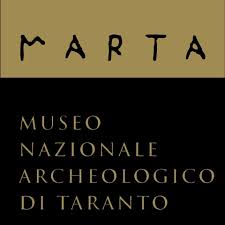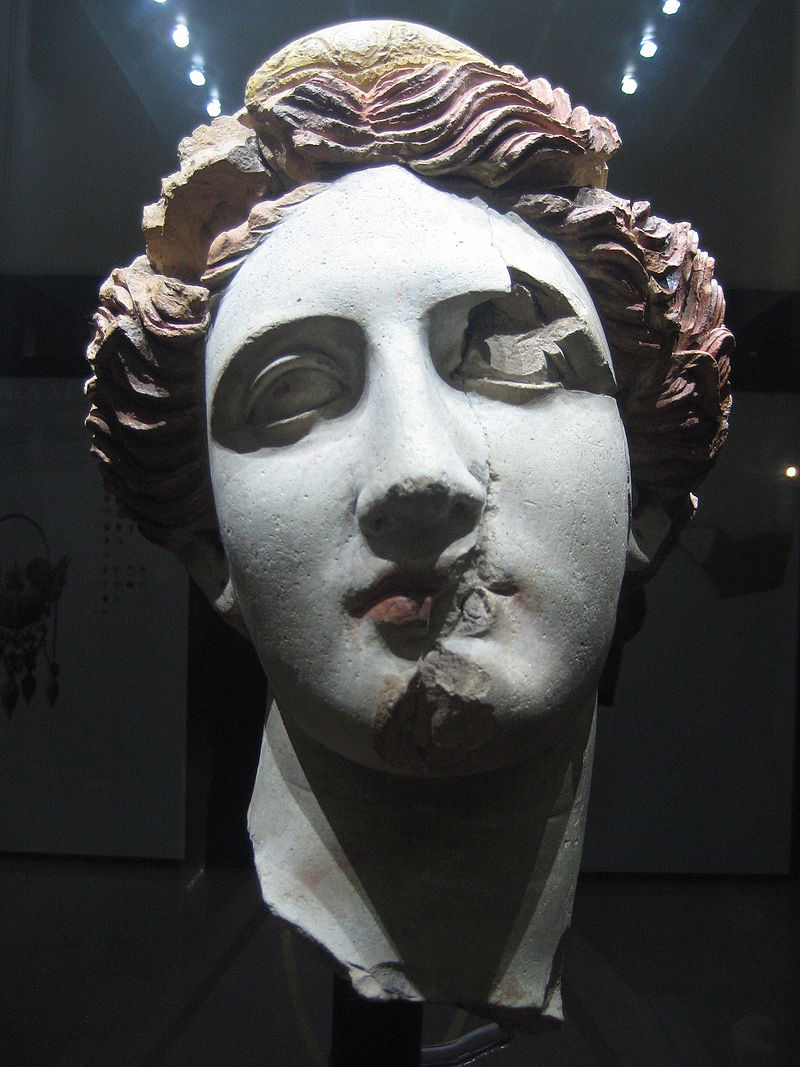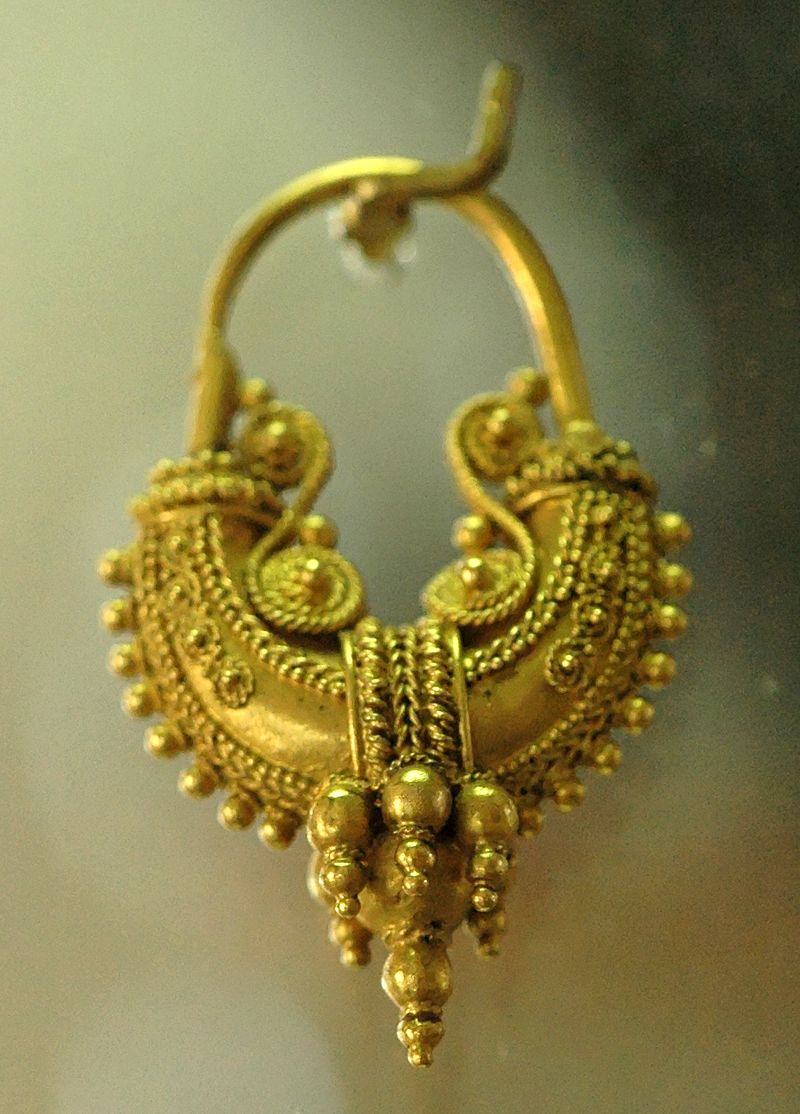
Il Museo Marta di Taranto
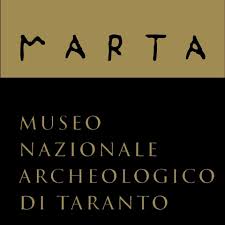
Via Cavour 10,
aperto tutti i giorni dalle h. 8.30 alla h.19.30, ultimo ingresso h.19.00
Il Museo Nazionale Archeologico di Taranto, MArTA, è sicuramente una delle eccellenze museali italiane. Fu istituito nel 1887 e ha sede, fin da allora, nell’ex Convento del XVIII dei Frati Alcantarini. Poco rimane dell’edificio originario che si sviluppa intorno al perimetro porticato del chiostro.
I numerosi reperti, che emergevano dal sottosuolo di Taranto, conobbero una prima sistemazione sul finire del XIX secolo, a cui sono seguiti nuovi riallestimenti, volti a organizzare, in maniera museograficamente coerente, il ricco patrimonio archeologico qui conservato. Nel corso degli anni, il museo è stato temporaneamente chiuso al pubblico, smantellato e ri-assemblato. Al termine di un lungo percorso di lavori di adeguamento e ristrutturazioni, nel dicembre del 2007, è stato inaugurato il nuovo museo di Taranto, ribattezzato ufficialmente Marta.
Il piano terra ospita gli spazi per le mostre temporanee, mentre nei piani superiori è allestita la ricchissima collezione permanente.
Il percorso espositivo, strettamente legato ai riferimenti territoriali, è organizzato per aree tematiche connesse ai diversi aspetti della vita e della storia dell’area tarantina, all’interno di ampie fasce cronologiche.
Il visitatore potrà ammirare numerosi vasi attici rossi e neri decorati con storie mitologiche; potrà osservare eccezionali sculture in bronzo e marmo e incantarsi difronte a magnifici gioielli in oro e pietre dure, frutto della raffinatissima arte degli orafi locali e testimonianza dello splendore e dell’opulenza raggiunta da questa società.
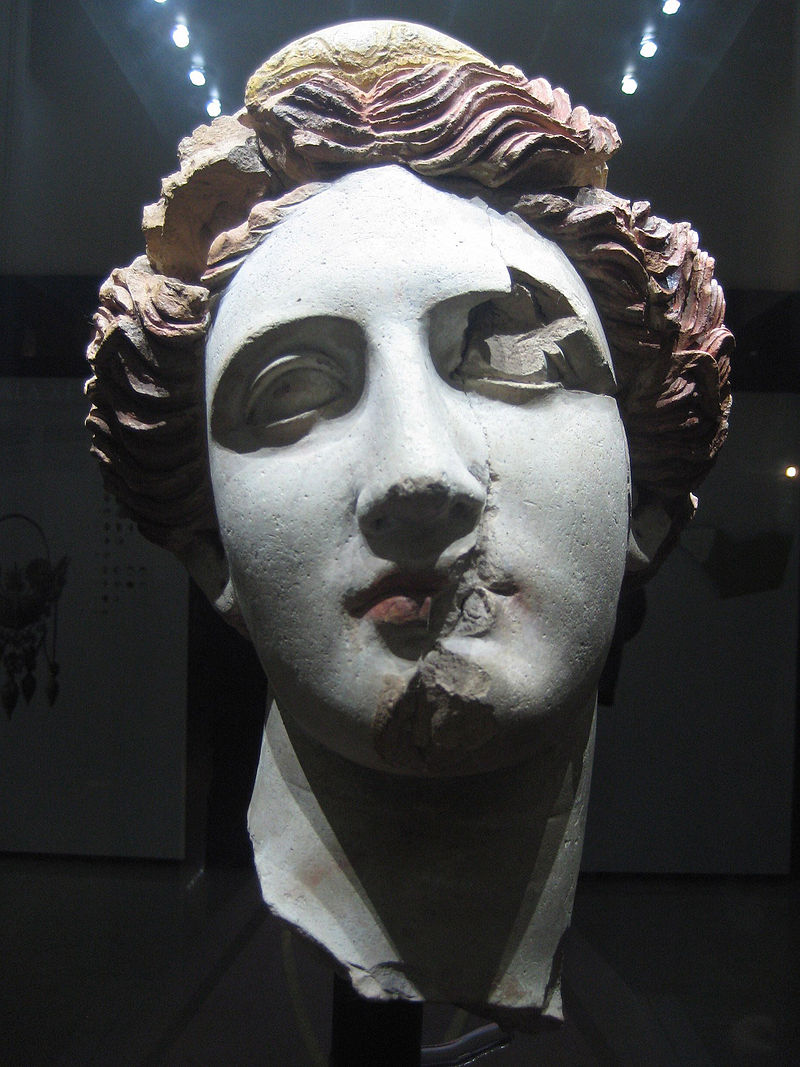
Testa di donna, IV secolo a. C(Foto di Maria – Flickr, CC BY-SA 2.0, https://commons.wikimedia.org/w/index.php?curid=20263809)
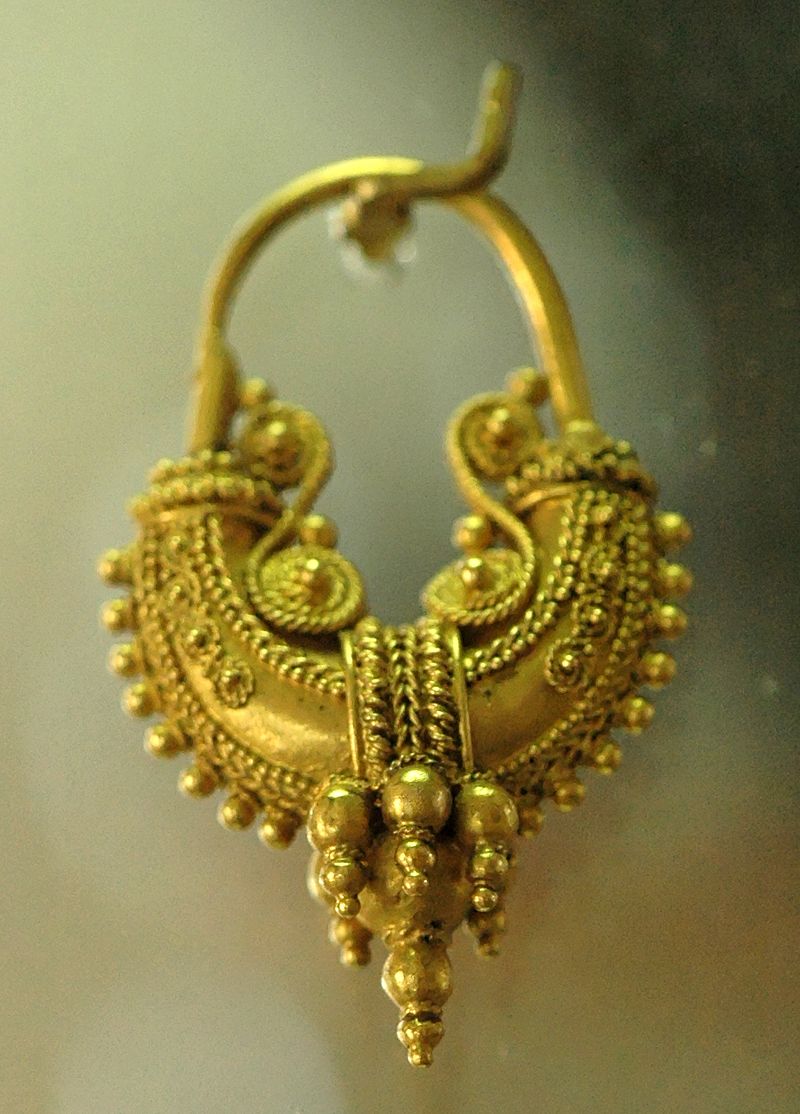
Orecchino in oro, IV secolo a.C. (foto di Maria – Flickr, CC BY-SA 2.0, https://commons.wikimedia.org/w/index.php?curid=20263809)
